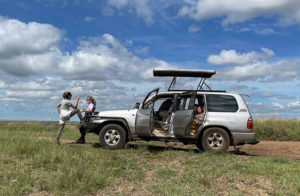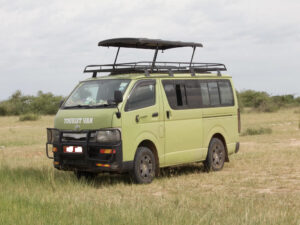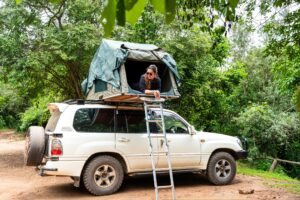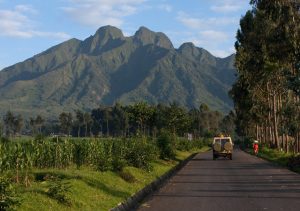Safari Car Rental in Rwanda: A Complete Travel Guide
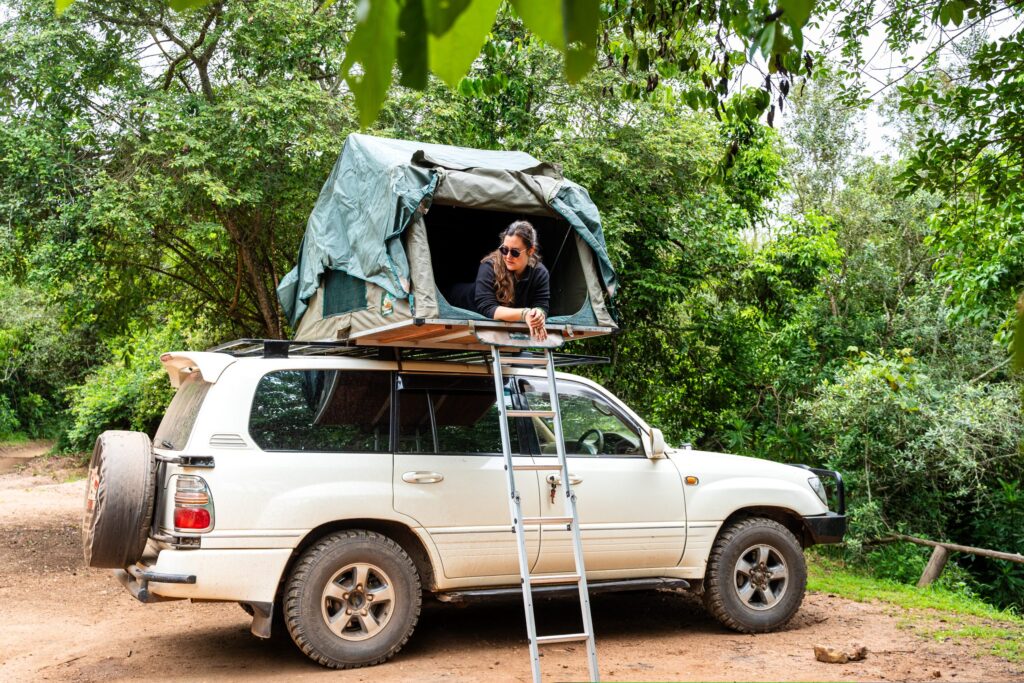
Rwanda has rapidly emerged as one of Africa’s most compelling safari destinations, offering a remarkable diversity of wildlife experiences packed into a compact, accessible territory. From tracking mountain gorillas in misty volcanic forests to observing the Big Five on savanna plains, and encountering chimpanzees in ancient rainforests, the Land of a Thousand Hills delivers extraordinary encounters with some of the planet’s most iconic species. For travelers seeking to explore these natural wonders independently, safari car rental provides the freedom, flexibility, and adventure that transforms a standard tour into a personalized expedition. This comprehensive guide covers everything you need to know about renting a safari vehicle in Rwanda.
Understanding Rwanda’s Safari Landscape
Rwanda’s three primary wildlife destinations each offer distinct ecosystems and animal encounters. Volcanoes National Park in the northwest shelters approximately one-third of the world’s remaining mountain gorillas, while Akagera National Park in the east showcases classic African savanna wildlife including lions, elephants, leopards, rhinos, and buffaloes. Nyungwe Forest National Park in the southwest protects one of Africa’s oldest montane rainforests, home to chimpanzees and 13 other primate species.
This geographic diversity means safari car rental requirements vary significantly depending on your itinerary. Understanding which parks you’ll visit, when you’re traveling, and what type of experience you seek forms the foundation for selecting the appropriate vehicle.
Essential Safari Vehicle Options
Toyota Land Cruiser (The Safari Standard)
The Toyota Land Cruiser represents the quintessential safari vehicle in Rwanda and across East Africa. Available in various configurations including station wagons and the popular V8 model, the Land Cruiser combines legendary reliability with exceptional off-road capability. Its high ground clearance, powerful engine, and robust four-wheel-drive system handle everything from Kigali’s paved streets to Akagera’s challenging game tracks during rainy seasons.
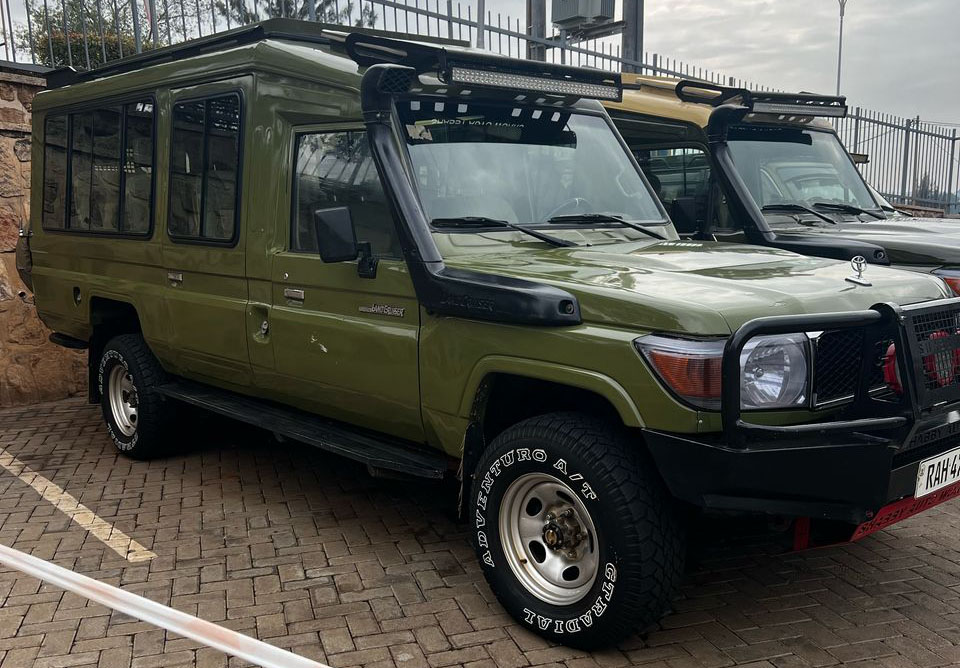
Safari-spec Land Cruisers often feature pop-up roofs, allowing passengers to stand for unobstructed wildlife viewing and photography—an invaluable feature during game drives. Interior space comfortably accommodates four to five passengers with luggage, camping equipment, or safari gear.
Daily rental rates for Land Cruisers range from $120 to $200 for self-drive, or $150 to $250 with an experienced driver-guide. While representing a significant investment, the Land Cruiser’s capabilities justify the cost, particularly for visitors planning multi-park itineraries or traveling during Rwanda’s rainy seasons when road conditions become challenging.
Safari Van (Group Wildlife Adventures)
Purpose-built safari vans accommodate 7-9 passengers and feature extended pop-up roofs ensuring every traveler enjoys window seats and standing room for wildlife observation. Built on 4×4 Land Cruiser chassis, these vehicles maintain the off-road prowess necessary for park conditions while providing the space and comfort groups require.
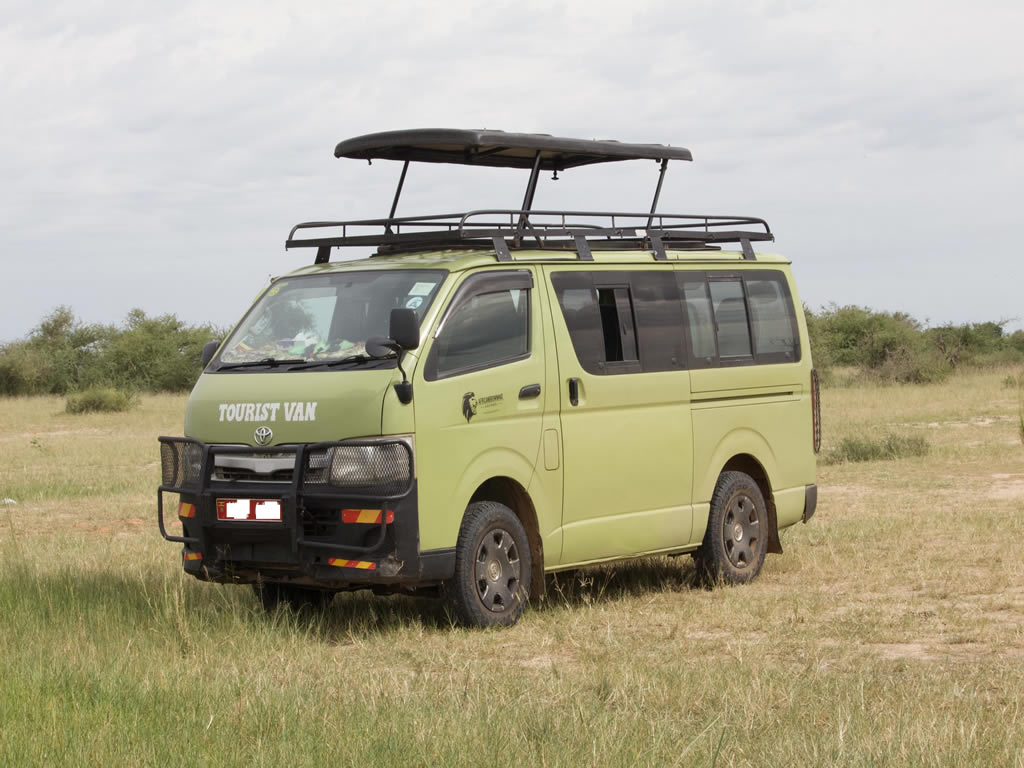
Safari vans excel for families, friend groups, or small organized tours sharing costs. The per-person expense becomes remarkably economical when divided among passengers, typically ranging from $180 to $280 per day with a professional driver-guide. The elevated seating position and 360-degree visibility make safari vans particularly popular for serious wildlife photographers and birding enthusiasts.
Toyota RAV4 and Compact SUVs
For budget-conscious travelers focusing primarily on gorilla or chimpanzee trekking with limited game drive requirements, compact SUVs like the Toyota RAV4 offer adequate capability at lower cost. These vehicles handle the journey to Volcanoes National Park or Nyungwe Forest competently, though they lack the ground clearance and robust four-wheel-drive systems needed for extensive game drives in Akagera, particularly during wet conditions.
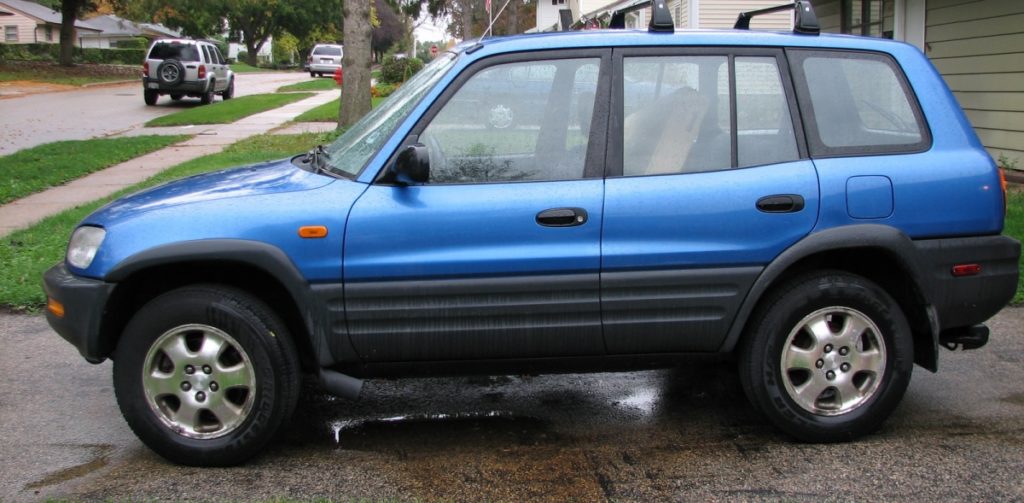
RAV4 rentals typically cost $70 to $120 daily, making them attractive for travelers whose primary focus involves primate trekking rather than traditional savanna safari experiences. However, verify your specific accommodation’s access road conditions, as some remote lodges require more capable vehicles.
Self-Drive vs. Driver-Guide: Making the Right Choice
Self-drive safari in Rwanda appeals to adventurous travelers comfortable navigating unfamiliar terrain and wanting complete control over their itinerary. Rwanda’s excellent road signage, well-maintained highways, and relatively compact size make self-drive feasible for experienced drivers. This option allows spontaneous detours, flexible timing, and the satisfaction of navigating your own African adventure.
However, hiring a vehicle with a professional driver-guide offers compelling advantages that transform the safari experience. Experienced guides possess intimate knowledge of animal behavior, optimal game viewing locations, and seasonal migration patterns that self-drive visitors simply cannot match. They know where lion prides typically rest during midday heat, which water holes elephants frequent at specific times, and how to track animals through subtle environmental cues.

Driver-guides also handle navigation, allowing passengers to focus entirely on wildlife observation and photography rather than consulting maps or GPS. After long, exciting days of safari activities, many travelers appreciate having someone else navigate the return journey while they rest and review the day’s photographs and memories.
The cost differential between self-drive and driver-guide options typically ranges from $30 to $80 daily—an investment that dramatically enhances safari success rates and overall experience quality.
Booking Strategies and Practical Considerations
Book safari vehicles well in advance, particularly during peak seasons from June through September and December through February when demand for quality 4x4s peaks. Reputable companies like Rwanda Car Rental Services, Akagera Aviation, and various safari operators maintain specialized fleets designed specifically for wildlife tourism.
When booking, communicate your complete itinerary including specific parks, lodges, and planned activities. This information helps rental companies recommend appropriate vehicles and assign drivers with relevant expertise—gorilla tracking specialists differ from game drive experts, and the best companies match driver skills to client needs.
Clarify what’s included in quoted rates: fuel policies, insurance coverage, park entry fees, driver accommodation on multi-day safaris, and equipment like binoculars or field guides. Understanding the complete cost structure prevents unwelcome surprises and allows accurate budget planning.
Essential Safari Preparation
Regardless of vehicle choice, confirm your rental includes comprehensive insurance, spare tires, jack and tools, first-aid kit, and emergency contact information. Carry sufficient water, snacks, and sun protection, as shops within national parks are limited or nonexistent.
For self-drive safaris, download offline maps and familiarize yourself with park regulations before arrival. Each park maintains specific rules regarding speed limits, staying in vehicles, and permitted areas that must be strictly observed for both safety and conservation.
Conclusion
Safari car rental in Rwanda opens doors to some of Africa’s most remarkable wildlife encounters, offering the freedom to explore at your own pace while experiencing the country’s extraordinary biodiversity. Whether you choose the independence of self-drive or the expertise of a professional guide, selecting the right vehicle and planning thoughtfully ensures your Rwandan safari becomes the adventure of a lifetime—one where every day brings new discoveries in the Land of a Thousand Hills.
To book a 4×4 car in Rwanda for safari adventure- simply contact us now by sending an email to info@rentadriverrwanda.com or call us now on +256-700135510.

